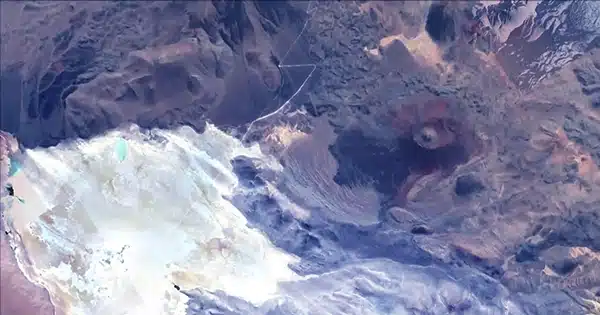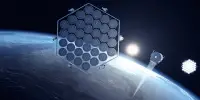The housing market on Mars is already heating up, while communities on Earth are engaged in a never-ending battle to address their housing shortages.
Engineers at the University of Arizona have created a system that, according to them, could enable driverless cars to look for astronaut homes in caverns and other subterranean structures. Although it has been a while since people considered caverns to be their homes, experts believe that when people eventually reach Mars, subterranean features on the red planet will provide some of the best choices for shelter.
In a statement to the media, Wolfgang Fink, an assistant professor of electrical and computer engineering at the University of Arizona, said that lava tubes and caverns would make ideal homes for astronauts because they don’t require the construction of a building. All you have to do is decorate it to your liking because you are protected from dangerous galactic radiation.
The system’s operation was described in depth by Fink and his co-authors in a peer-reviewed paper released on February 11 in the academic publication Advances in Space Research. Their strategy calls for a transmission system that would connect various rover vehicle kinds via a “mesh topology network.”

These autonomous rovers would be launched from a bigger “mother” rover, traverse the Martian surface on their own, and keep track of their position in space while constantly observing their surroundings. Additionally, they would communicate with one another over a wireless communication link.
The rovers would distribute contact nodes along the route, much like Hansel and Gretel leave a trail of breadcrumbs in the traditional German folk tale, to prevent traveling outside of communication range and becoming lost.
The team has called their patent-pending system the “Breadcrumb-Style Dynamically Deployed Communication Network” paradigm, or DDCN, as a nod to the legendary brothers.
In our situation, the rovers carry miniature sensors that are deployed as the rovers move through a tunnel or other subsurface habitat, according to Fink.
No matter how much ground has passed since the last communication node was put, a rover lowers a communication node when it detects the signal is fading but is still within reach.
The notion that you send the “breadcrumbs” when you have to and not according to a previously planned schedule is one of the novel aspects, according to Fink.
By offering the technology required to securely navigate habitats on comets, asteroids, moons, and planetary bodies, Fink and his co-authors claim their innovative method could handle one of NASA’s Space Technology Grand Challenges. The NASA Grand Challenges are a call for novel ideas to address pressing space-related issues, such as the need for mobility systems that would enable people and robots to travel on, over, or beneath any given target surface.
One of two methods can make the DDCN concept function. In one configuration, a mother rover quietly gathers information from rovers as they investigate lava tubes and caverns on Mars. In the other, the mother rover directs the rovers’ movements as the conductor.
Both should make it possible for a group of rovers to travel through subterranean spaces without ever losing touch with their “mother rover” above ground. The rovers’ light detection and ranging (lidar) equipment allowed them to sketch underground passageways in three dimensions.
Dirk Schulze-Makuch, head of the German Astrobiological Society, praised the article for its contributions to solar system research.
According to a press statement from Schulze-Makuch, the communication network method described in this new study could usher in a new period of planetary and astrobiological findings.
It ultimately enables us to investigate the icy moons’ deep seas and Martian lava tube caverns, both of which may harbor alien life.













